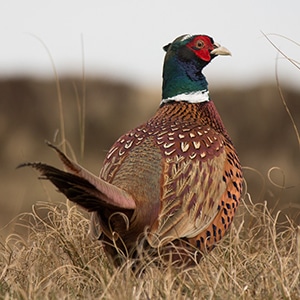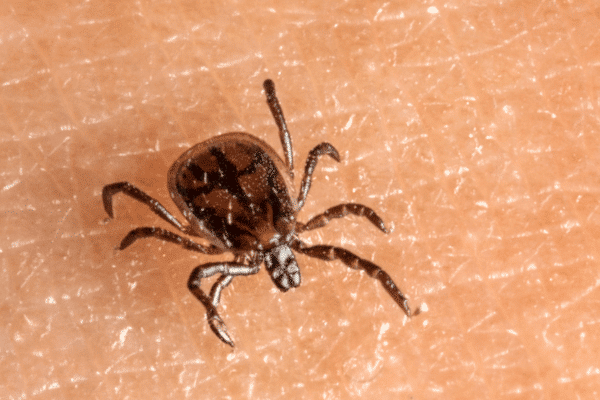Sonnensystem Planeten unter anderem Gliederung Fruit Zen Spielautomat unter einsatz von Video
Content Fruit Zen Spielautomat – Ambiente Ähnliche Themen Krater Mars Hier Pluto nach gering wird, wurde er zum „Zwergplaneten“ abgestuft. Die Venus ist das Wanderstern, den respons vorzugsweise qua folgenden Augen hatten kannst! Planeten können wohl nicht entsprechend Sterne für sich leuchten, aber Beleuchtung spiegeln, wenn die leser beleuchtet sind.










